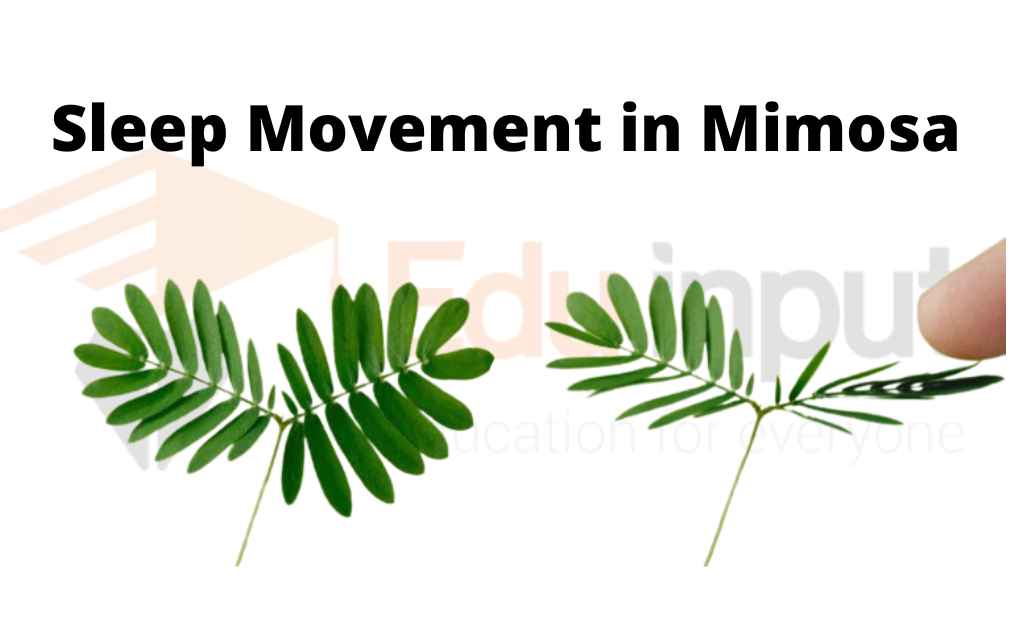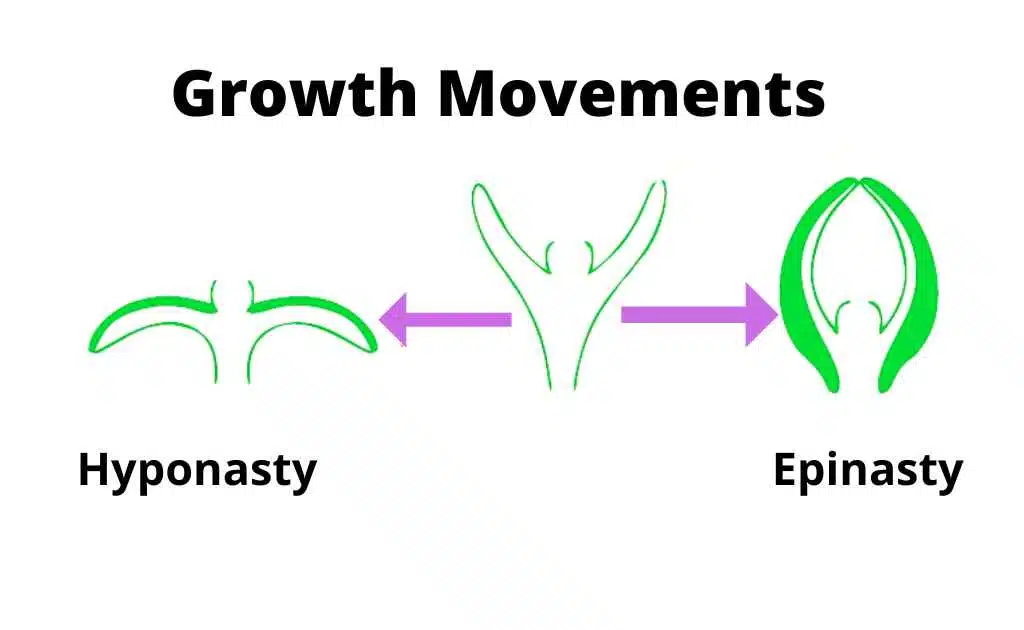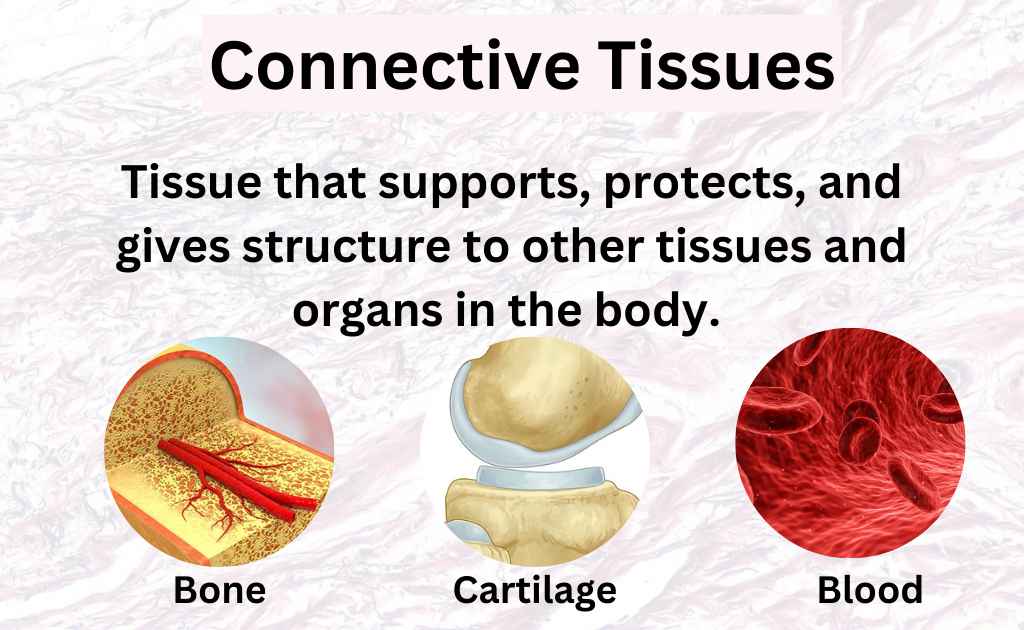Turgor and Growth Movement in Plants | Autonomic Movement in Plants
The movement of higher plants is mainly manifested in the bending, twisting, and stretching of certain parts or organs of the plant. There are other plant movements that occur spontaneously without external stimuli. These movements are called spontaneous or voluntary movements.
Some plant movements are induced in response to some or specific stimuli and are said to be induced or plant movements that occur spontaneously in the absence of stimuli and susceptibility of the protoplasm.
Autonomic Movements
The spontaneous movement due to internal causes is called autonomic movement. The stimulus for autonomic movements may be internal or external. There are three types of autonomic movement.
These are:
• Tactic Movements
• Turgor Movement
• Growth Movement
Turgor Movements
Turgor pressure is the difference between the water potential inside and outside a cell. This difference is called osmotic pressure or turgor pressure. When the turgor pressure is high, cells swell and expand, causing them to push against each other. The force exerted by these cells causes the tissues to move.
The movements due to differential changes in turgor and size of cells by gaining and releasing water are called turgor movements. For example, rapid movement of leaflets in Mimosa plant, and sleep movement of plants.
Sleep movement in Mimosa
Sleep Movement: Some leguminous plants like beans lower their leaves in the evening and raise them in the morning. These are known as sleep movements. These sleep movements take place due to daily changes in the turgor pressure in the Pulvinus.

The pulvinus is the swollen portion of the petiole. It is composed of parenchymatous cells and a central strand of vascular tissues. These parenchyma cells have large intercellular spaces. The turgor pressure on the lower side of the pulvinus increases.
So they leave to rise and become horizontal. Similarly, pressure decreases on the lower side of the pulvinus. So the leaves are lowered it goes to a sleeping position.
Rapid Movement Of Leaflets:
Mimosa (touch me not) have sens compound leaves. The leaflet of compound leaves folds together on touching. response takes one or two seconds. The cells in the pulvinus lose turgor rapid Investigation shows that potassium ion (K) moves out first.
It decreases the osmotic pressure of the cells. So these cells lose water by exosmosis. The pH takes about ten minutes to regain the turgor and the internal turgidity of the leaf is restored.
Growth Movement
The movements due to unequal growth on the two sides of plant organs like roots and tendrils are called growth movements. There are three types of growth movements:
Epinasty:
It is shown by leaves, petals, etc. In this case, the upper surface of the leaf shows more growth as compared to the lower surface in the bud condition causing the opening of buds. It results in the downward bending of the leaf.

Hyponasty:
In this case, the lower surface of the plant shows more growth compared to the upper surface of the leaf in bud conditions. Thus bud remains closed. It results in an upward bending of the leaf.
Nutation:
The growing tip of the young stem moves in a zig-zag fashion due to alternate changes in the growth on the opposite side of the apex. This mode of growth is called nutation.






Leave a Reply